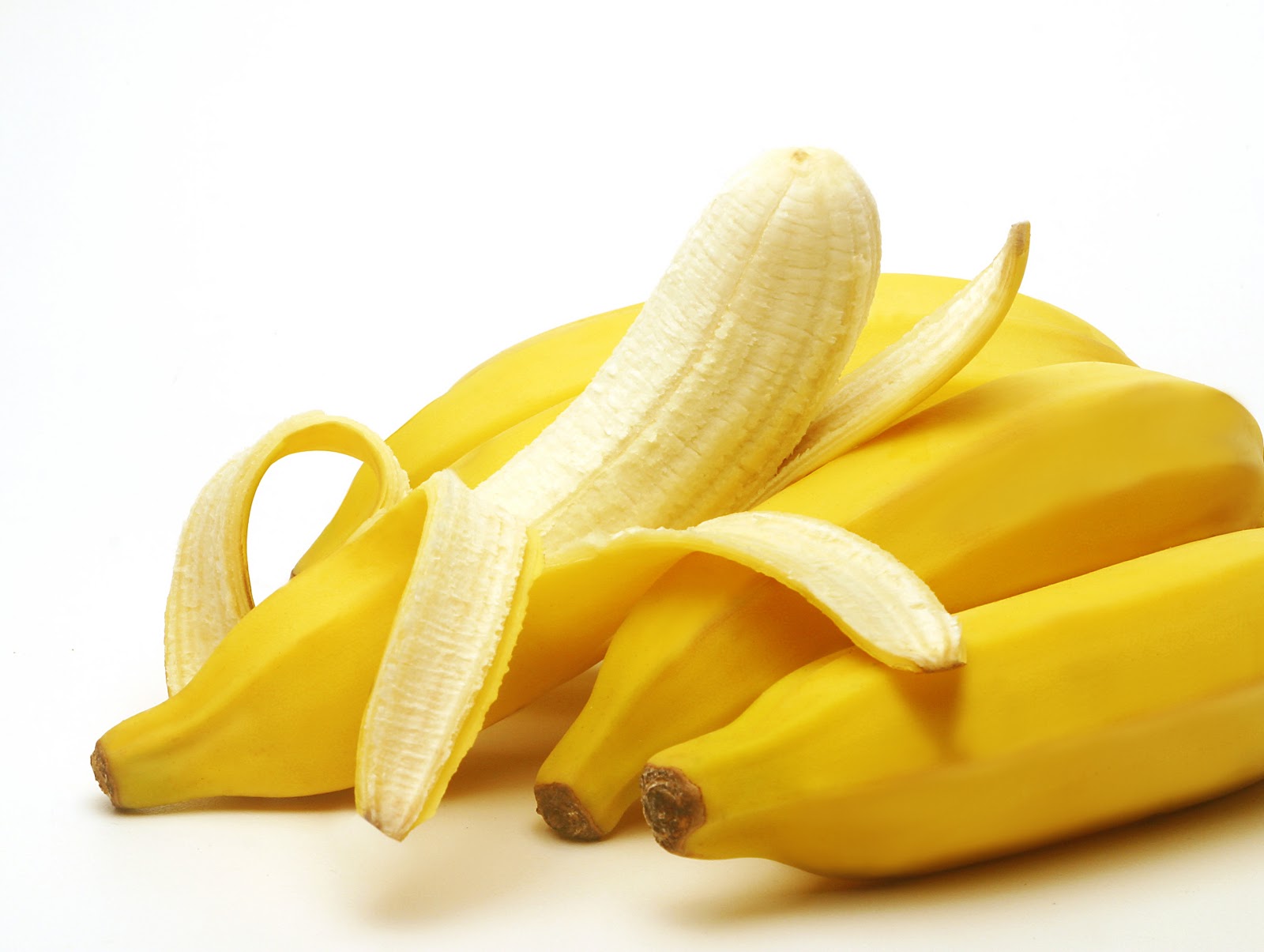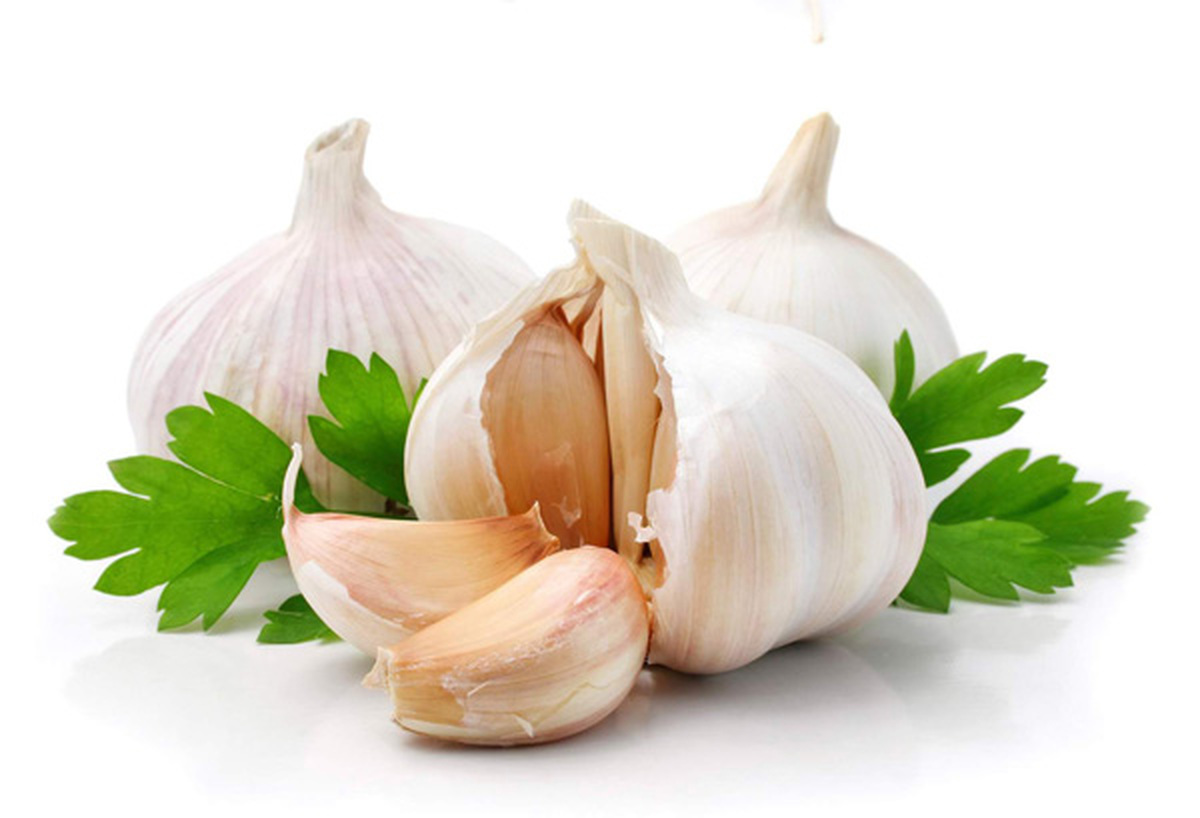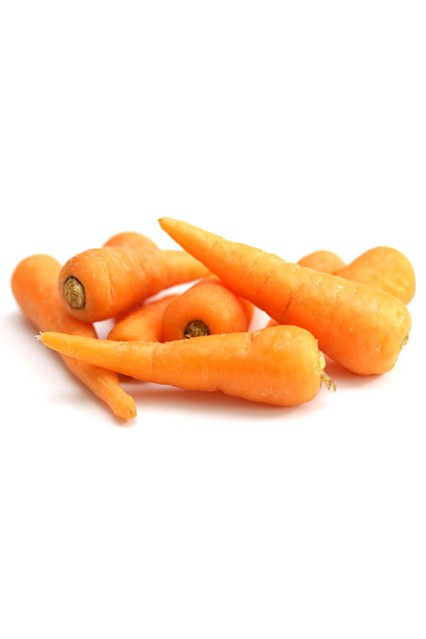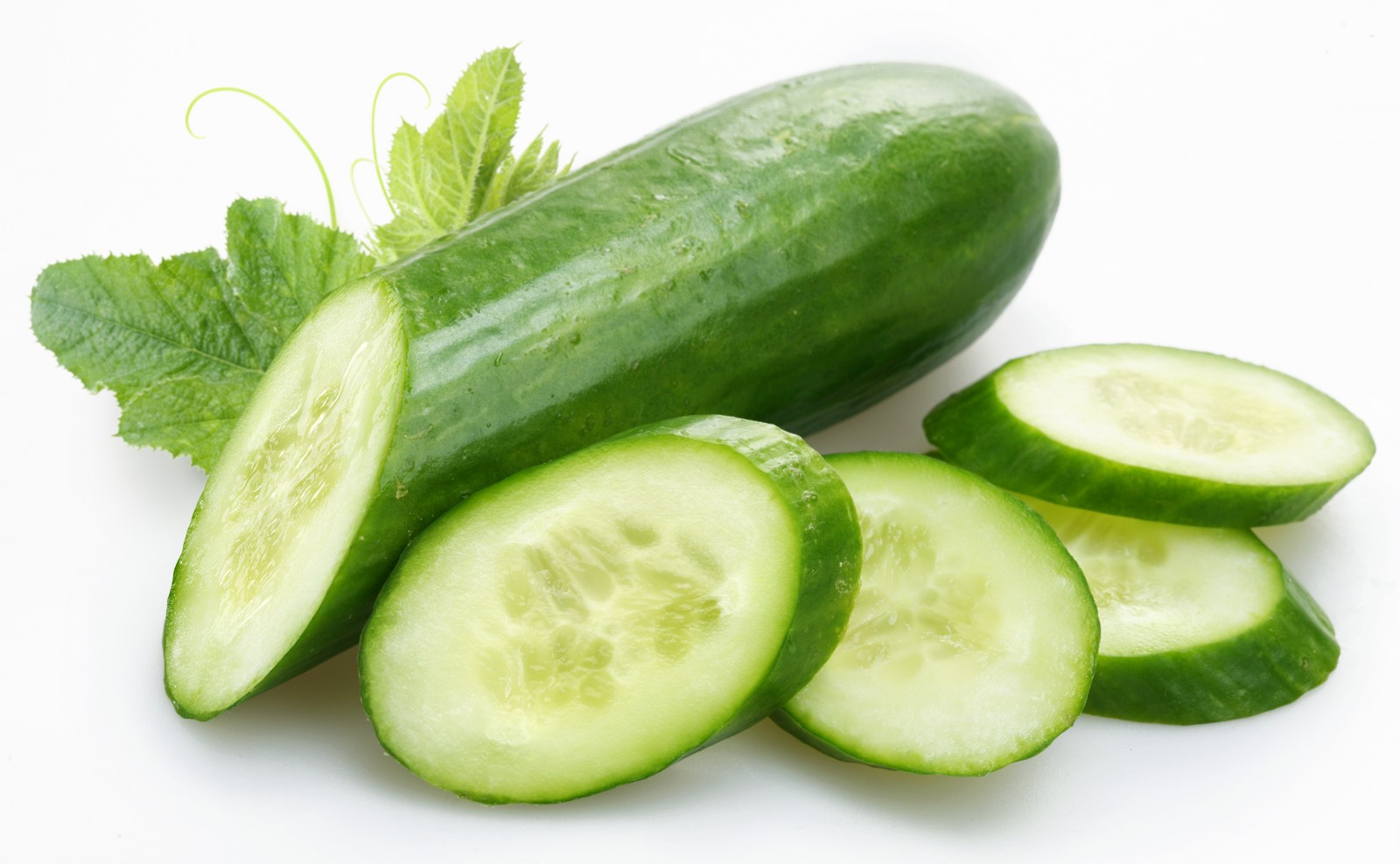You bring home fresh fruits and vegetables, stash them in the refrigerator and then wonder what the heck happened to make them shrivel, rot or go limp a few days later. Much of the time, the culprit is the way you’re storing them. To keep your produce fresher longer, remember:
Fruits and vegetables don’t play well together. So don’t store them together in a refrigerator drawer or next to each other on the counter or in the pantry. Why? Many fruits produce ethylene gas, which acts like a ripening hormone and can speed spoilage.
Vegetables need to breathe. Poke holes in the plastic bags you store them in, or keep them in re-useable mesh bags. An airtight plastic bag is the worst choice for storing vegetables, according to Barry Swanson, professor emeritus of food science at Washington State University. And don’t pack veggies tightly together, either; they need space for air circulation or they’ll spoil faster.
Don’t clean produce until you’re ready to use it. Washing fruits or vegetables before storing them makes them more likely to spoil, because dampness encourages bacteria growth, says food research scientist Amanda Deering of Purdue University.
1. GARLIC
Store at room temperature in an open container, to allow air circulation. Don’t take off a clove’s protective papery husk until you’re ready to prep. And it’s fine to store garlic next to its buddy, the onion.
2. ONIONS
Find some (clean) pantyhose. Add onions to each leg, tying knots between each one. Hang at room temperature. If that doesn’t appeal to you, onions can be stored like garlic at room temperature on a counter top. Just keep them away from potatoes. And don’t put them in the refrigerator: The humidity and cold temperature will cause onions to turn mushy. Storing them away from light also helps keep them from becoming bitter.
3. POTATOES
Keep them in a dark and cool place, but don’t refrigerate. The cold, damp air in the refrigerator causes their starches to turn into sugars, which can affect taste and texture. Store them in a paper bag – more breathable than plastic – in a coolish spot, such as a pantry. Keep them away from onions or fruits like apples that exude ethylene gas, which can make your spuds begin to sprout.
4. ASPARAGUS
Cook’s Illustrated tested four ways of storing asparagus; the best one, hands down, was to trim a half-inch off the end of the stalks and then stand them up in a small amount of water (covered loosely with a plastic bag) in the refrigerator, like a bouquet. They stay fresh for about four days. Re-trim the ends before using.
5. CARROTS
First, trim off any green tops; they draw out moisture and cause carrots to go limp pretty quickly. Trimmed, unpeeled carrots can be refrigerated in an unsealed zip-top bag in the crisper drawer for about two weeks. Trimmed carrots (such as baby-cut carrots or carrot sticks) will last longer when kept submerged in a tightly covered container filled with water. Change the water frequently, Deering advises.
6. BRUSSELS SPROUTS

They last longer on the stem. Refrigerate the stem end in water and break off sprouts as needed. If you bought them as loose sprouts, refrigerate them unwashed and untrimmed in an unsealed zip-top bag in the crisper drawer. Trim off outer leaves before cooking. Keep in mind: The longer they’re stored, the stronger their flavour will be.
7. CUCUMBERS
They hate to be cold. Anything below 10 degrees C will cause them to spoil faster, according to researchers at the University of California at Davis. If you must refrigerate them, do it for no more than three days. Cucumbers also are sensitive to ethylene gas, so keep them away from bananas, melons and tomatoes.
8. CELERY
To keep it crisp, refrigerate it wrapped tightly in aluminum foil, not plastic wrap, so the ethylene gas it produces can escape. Re-wrap tightly after each use. Store celery sticks like carrot sticks: submerged in water in a tightly covered container.
9. TOMATOES
Stem side up or down? Refrigerator or counter top? The debate continues, but North Carolina tomato expert Craig LeHoullier, author of the upcoming Epic Tomatoes, says the evidence in favour of storing standard-size tomatoes stem side down, which Cook’s Illustrated magazine advised in 2008, is scant at best. It might help keep moisture from collecting around the stem and causing spoilage, he concedes, but “it really depends on the type of tomato: A thin-skinned, delicate heirloom will have a different result than a thick-skinned supermarket variety.” More important: Keep tomatoes out of the refrigerator if at all possible. The cold breaks down their cell structure, making them mushy. Once they ripen at room temperature, eat them at peak flavour or freeze them to use later in cooking.
10. BANANAS

Break up the bunch, as charming as it might look. Then wrap each stem in plastic wrap. That will reduce the emission of ethylene gas, and the bananas will ripen more slowly. Once a banana reaches the desired amount of ripeness, you can refrigerate it; the cold will keep it from ripening further















